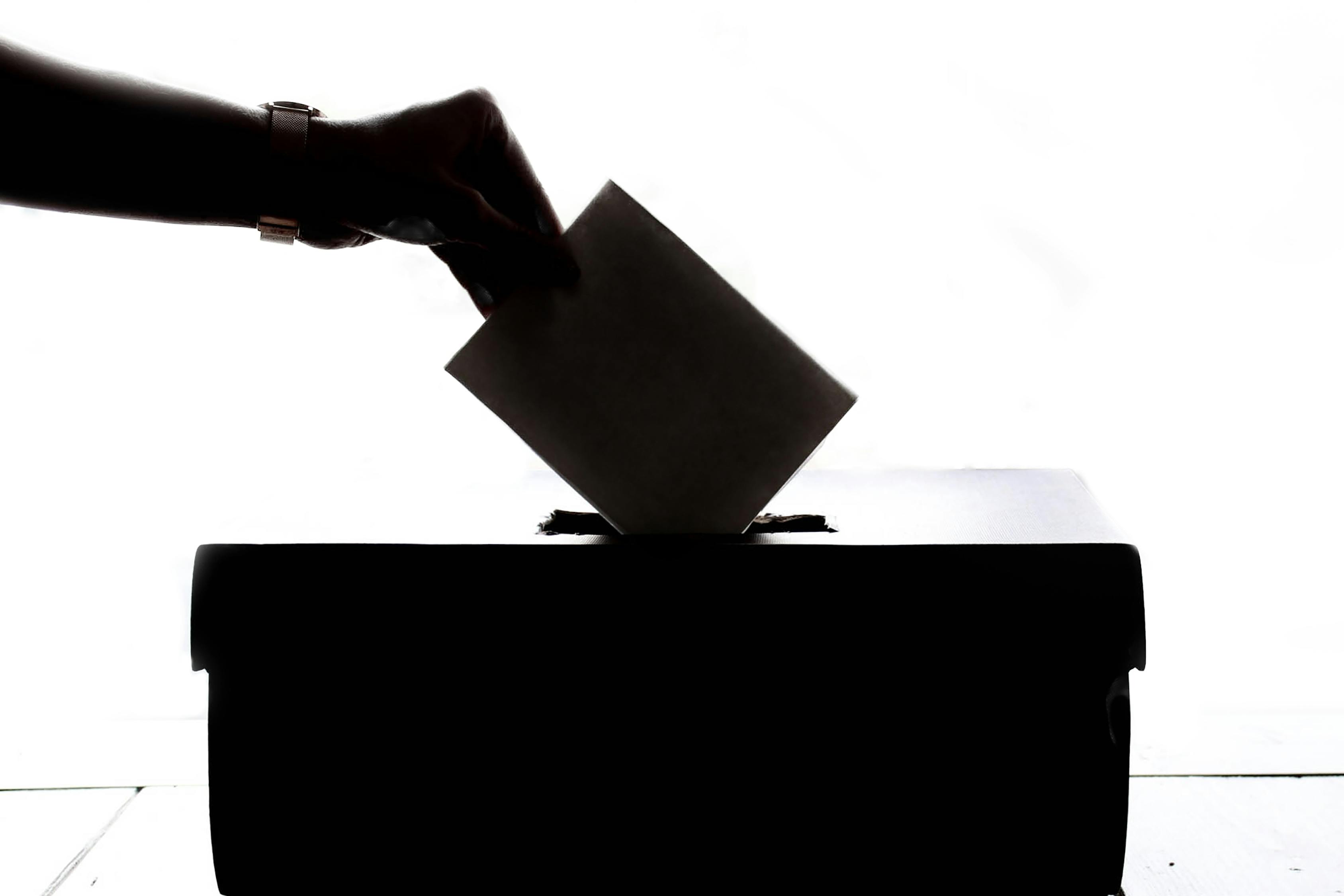
 Meena Alnajar is an IPilogue Writer, IP Innovation Clinic Fellow, and a 2L JD Candidate at Osgoode Hall Law School
Meena Alnajar is an IPilogue Writer, IP Innovation Clinic Fellow, and a 2L JD Candidate at Osgoode Hall Law School
On October 15, 2021, the U.S Patent and Trademarks Office (USPTO) closed the public comment period on the contentious topic of patent eligibility. Several companies provided contrasting viewpoints on the matter, with some corporations urging legislative reform, and others quite pleased with the current state of law. To understand these varying opinions, it is important to examine patent eligibility’s current state, recent changes, and what changes could be made to the patent eligibility laws.
Calls for Reform
Senators Tillis, Hirono, Cotton, and Coons requested a study by the USPTO on the state of patent eligibility jurisprudence in the U.S. The study aims to examine the current jurisprudence’s impact on investment and innovation in the fields of quantum computing, artificial intelligence (AI), and pharmaceutical treatments, among others. The USPTO requested public input to complete the study, as to gain perspective and anecdotal evidence on the jurisprudence’s effects on innovators and patentees.
The law outlines what innovators can and cannot patent in the United States. Patent eligibility is codified under 35 USC §101 – Inventions Patentable, which states that any “new and useful process, machine, manufacture, or composition of matter, or any new and useful improvement thereof” may be patented. However, many industry sectors have been pushing the bounds of what a manufacture, machine, or composition of matter could mean. Abstract ideas like AI or algorithms have sparked debate as to whether this codification of patent eligibility accurately encompasses everything that innovators should be able to patent.
Current State
While a vast realm of things can be patented, software and medical devices are frequently hot topics when discussing patent eligibility. Software including algorithms and AI technology have often been excluded from patent eligibility on account of being “abstract ideas”, unless they are rooted in something tangible, like a computer.
Diagnostic techniques and medical devices historically garner mixed court reactions. On the one hand, diagnostic techniques may be construed as finding something that occurs in nature; but, at the same time, the technique could be construed as a “new and useful process” meeting the section 101 eligibility criteria. In Illumina Inc v Ariosa Diagnostics Inc, the District Court rejected patent claims related to methods of isolating fetal DNA from maternal blood plasma that was based on a discovery that fetal DNA is shorter than maternal DNA. The District Court found that this discovery and subsequent method are invalid as the claims are directed to natural phenomena, therefore excluded from patent eligibility. On appeal in March 2020, the Federal Circuit reversed this decision and found that the method had “human-engineered parameters” and thus the methods were patent-eligible subject matter. The back and forth highlights the ongoing debate on patent eligibility in the realm of medical methods and devices.
Significant U.S. Precedent: Alice/Mayo test
The U.S Supreme Court has established a two-step inquiry to section 101 patent validity challenges. The inquiry is referred to as the Alice/Mayo test. The first step asks whether the contested claim is directed at a patent ineligible concept, like an abstract idea. If it is, then the second step deems a claim eligible for a patent if it contains an inventive concept. Inventors are divided as to whether this test has clarified patent eligibility, or if it has created a complicated and costly barrier to patent production.
While differing patentee viewpoints will be studied in a subsequent article, many companies take issue with the application of the Alice/Mayo two-step inquiry for patent eligibility. So, it is important to examine these cases (Alice Corp. v CLS Bank International and Mayo Collaborative Services v. Prometheus Laboratories, Inc.) and the rationale in their application.
Potential Impacts of the Study
The study made no guarantees that the U.S. law regarding patent eligibility will change, but its creation acknowledges that industries are evolving, and legislators and intellectual property experts alike should evaluate the law.
The study’s publication may also become a useful reference for the judiciary when evaluating patent claims and their validity. Therefore, the study could potentially aid in fostering more consistency in the decisions regarding complex industries like medical devices and software. The line between eligible and ineligible patents in these fields is thin, and courts are not sure when an innovator will cross it. This study could be the first of many initiatives to bolden and solidify these patent eligibility lines for innovation in the future.

